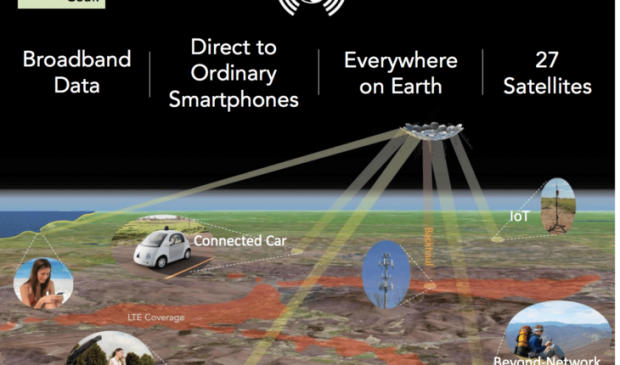
Breaking News
 Visualizing How Much Gold Is Left To Mine On Earth
Visualizing How Much Gold Is Left To Mine On Earth
 US Government Revokes 80,000 Visas
US Government Revokes 80,000 Visas
Top Tech News
 HUGE 32kWh LiFePO4 DIY Battery w/ 628Ah Cells! 90 Minute Build
HUGE 32kWh LiFePO4 DIY Battery w/ 628Ah Cells! 90 Minute Build
 What Has Bitcoin Become 17 Years After Satoshi Nakamoto Published The Whitepaper?
What Has Bitcoin Become 17 Years After Satoshi Nakamoto Published The Whitepaper?
 Japan just injected artificial blood into a human. No blood type needed. No refrigeration.
Japan just injected artificial blood into a human. No blood type needed. No refrigeration.
 The 6 Best LLM Tools To Run Models Locally
The 6 Best LLM Tools To Run Models Locally
 Testing My First Sodium-Ion Solar Battery
Testing My First Sodium-Ion Solar Battery
 A man once paralyzed from the waist down now stands on his own, not with machines or wires,...
A man once paralyzed from the waist down now stands on his own, not with machines or wires,...
 Review: Thumb-sized thermal camera turns your phone into a smart tool
Review: Thumb-sized thermal camera turns your phone into a smart tool
 Army To Bring Nuclear Microreactors To Its Bases By 2028
Army To Bring Nuclear Microreactors To Its Bases By 2028
 Nissan Says It's On Track For Solid-State Batteries That Double EV Range By 2028
Nissan Says It's On Track For Solid-State Batteries That Double EV Range By 2028
Software defined radios are key to satellite direct to future smartphone communication

The GlobalFi approach will be to put all of the antenna gain required on the space side, so it can close high-throughput links to ordinary smartphones without requiring the user to buy a hotspot antenna, satphone sleeve, or other dongle/device. This does require very large antennas on the satellite, but will enable the system to address a market of billions of smartphone users.
The GlobalFi satellites will be in high LEO, not GEO (the DARPA Constructable Platform contract is focused on GEO platforms, but GlobalFi platforms would be in LEO).
Each antenna will have multiple steered beams. The primary reflector is fed by an array of our SWIFT radios acting (sort of) as a phased array. The SWIFT radios are software defined radios, and they have the ability to vary their frequencies to account for doppler effects.

 America's 'Ceausescu Moment'
America's 'Ceausescu Moment' The Risk Of AI Isn't Skynet
The Risk Of AI Isn't Skynet Carbon based computers that run on iron
Carbon based computers that run on iron

